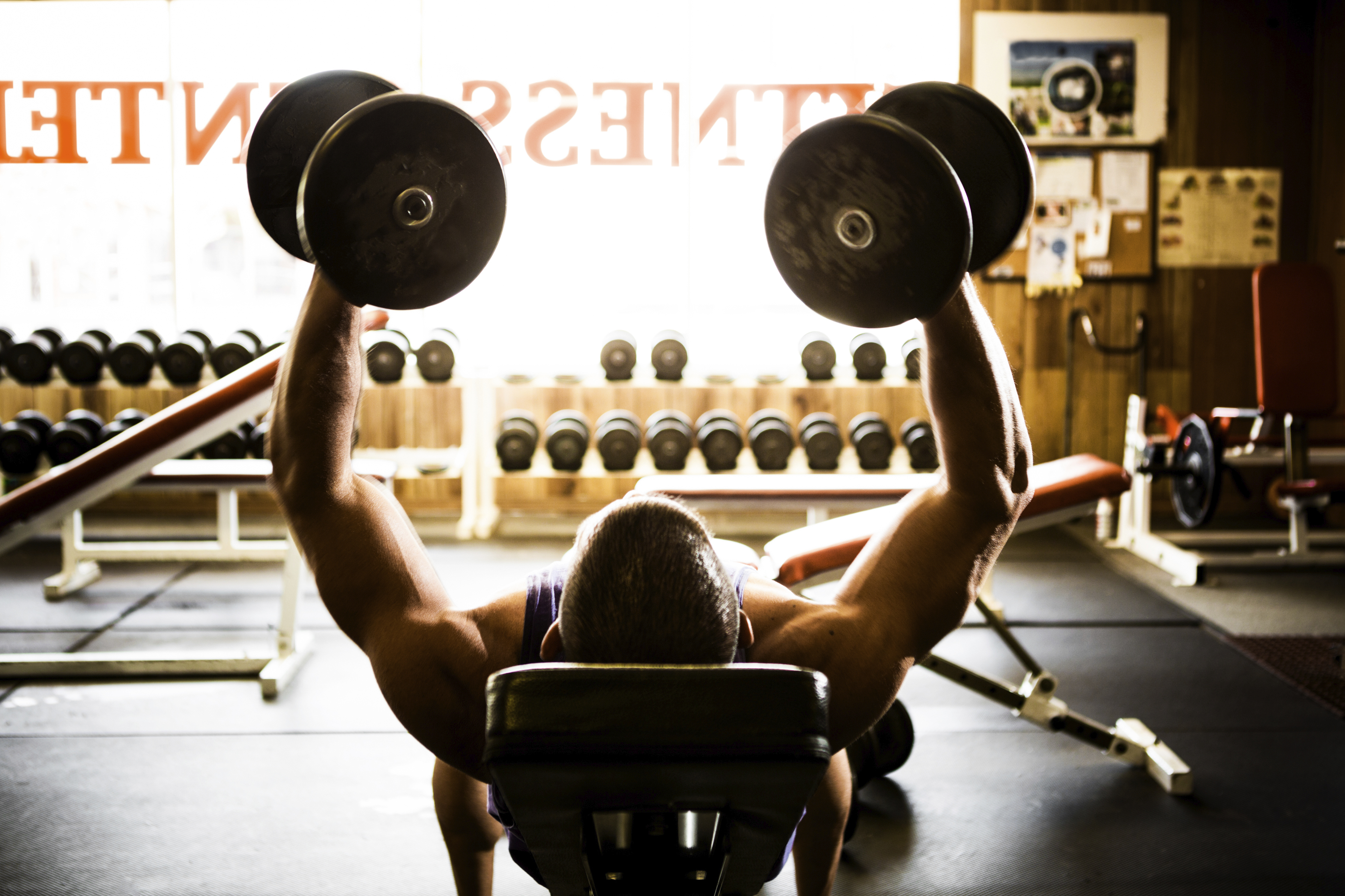

“My girlfriend challenged me to this and was very disappointed at how easy it was for me,” another added, while a third responded: “Hahaha yeah it’s very easy. It’s a challenge women can do and apparently, men can’t. “Lies I just did it lmao,” one person said. “Hahahahahah that’s awesome,” mixed martial artist Alain Ngalani wrote.īut some men were quick to point out they could do the challenge. The post has attracted hundreds of comments with many describing it as “hilarious.” Maryam then hit back hit saying: “At least I can actually get my dirty laundry in the basket and not next to it.” The clip has been viewed more than 210,000 on both Instagram and TikTok, Josef captioning it: “At least I can p*ss standing up.” Josef Rakich, 31 and his wife Maryam Matti, 33, tried the “broomstick challenge.” TikTok/josef_rakich His feet appeared to be glued to the ground and while he eventually lifted his left foot after widening his grip, he lost his balance, causing him to laugh hysterically. It involves stepping over a broom handle while holding it close to the floor – and while Maryam did it with ease, Josef looked to really struggle. Josef Rakich, 31, a popular personal trainer from New Zealand, and his wife Maryam Matti, 33, were left in hysterics when they both tried the viral TikTok broom challenge. The researchers said this evolution of body types and increased speeds can be predicted by the constructal theory, a theory of natural design developed by Bejan that explains such diverse phenomena as river basin formation and basis of animal locomotion ( a “simple” task that women can do and apparently men can’t. For the fastest swimmers, longer torsos allow the body to fall forward farther, riding the larger and faster wave." In running, the altitude is set by the location of the center of gravity. Mass that falls from a higher altitude falls faster. "Body mass falls forward, then rises again. "Locomotion is essentially a continual process of falling forward," Bejan said. The center of gravity for an Asian is even more advantageous to swimming than for a white, but because they tend not to be as tall, they are not setting records, Bejan said. The difference might seem small, Bejan said, but not when considering that world records in sprinting and swimming are typically broken by fractions of seconds. Using this difference in body types, the researchers calculated that black sprinters are 1.5 percent faster than whites, while whites have the same advantage over blacks in the water. "Asians and whites tend to have longer torsos, so their centers of gravity are lower."īejan and Jones cite past studies of the human body which found that on average, the center of gravity is about three percent higher in blacks than whites. "Blacks tend to have longer limbs with smaller circumferences, meaning that their centers of gravity are higher compared to whites of the same height," Bejan said. It all comes down to body makeup, not race, Jones and Bejan said.

He also pointed out that there are cultural factors at play as well, such as a lack of access to swimming pools to those of lower socioeconomic status. Swimmers, Jones said, tend to come from Europe, and therefore tend to be white. "These are real patterns being described here - whether the fastest sprinters are Jamaican, African or Canadian - most of them can be traced back generally to Western Africa." "There is a whole body of evidence showing that there are distinct differences in body types among blacks and whites," said Jones, who specializes in adolescent obesity, nutrition and anthropometry, the study of body composition. The researchers believe that these differences are not racial, but rather biological.

That center tends to be located higher on the body of blacks than whites. candidate at Cornell University currently teaching at Howard University, and Duke graduate Jordan Charles, argue that the answer lies in athletes' centers of gravity. In a paper published online in the International Journal of Design and Nature and Ecodynamics, Bejan, and co-authors Edward Jones, a Ph.D. Adrian Bejan, professor of engineering at Duke's Pratt School of Engineering, now believes he can explain the second trend. Last year, a Duke University engineer explained the first trend - athletes are getting faster because they are getting bigger. A study of the winning times by elite athletes over the past 100 years reveals two distinct trends: not only are these athletes getting faster over time, but there is a clear divide between racers in terms of body type and race.


 0 kommentar(er)
0 kommentar(er)
